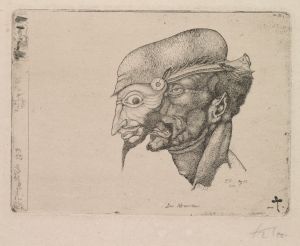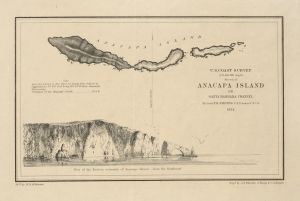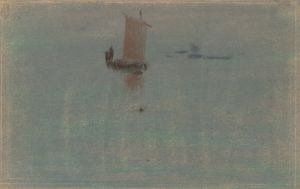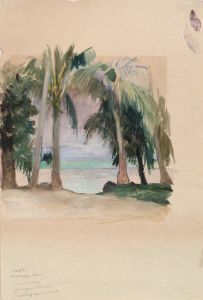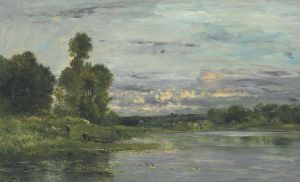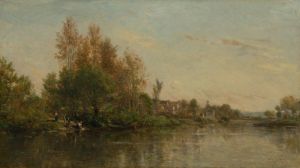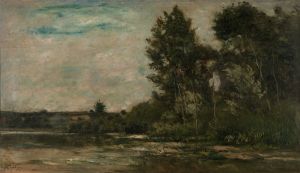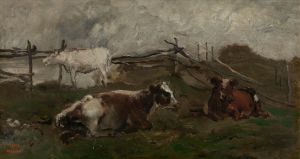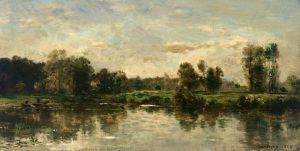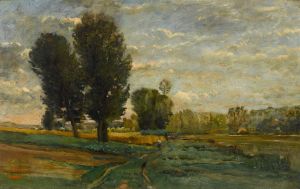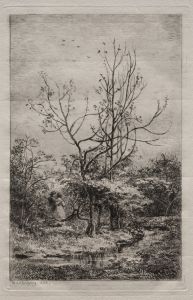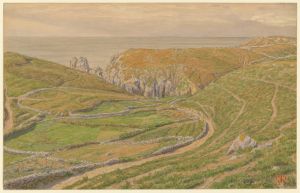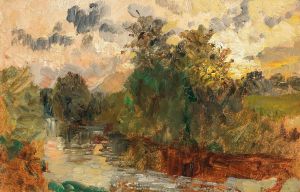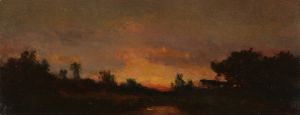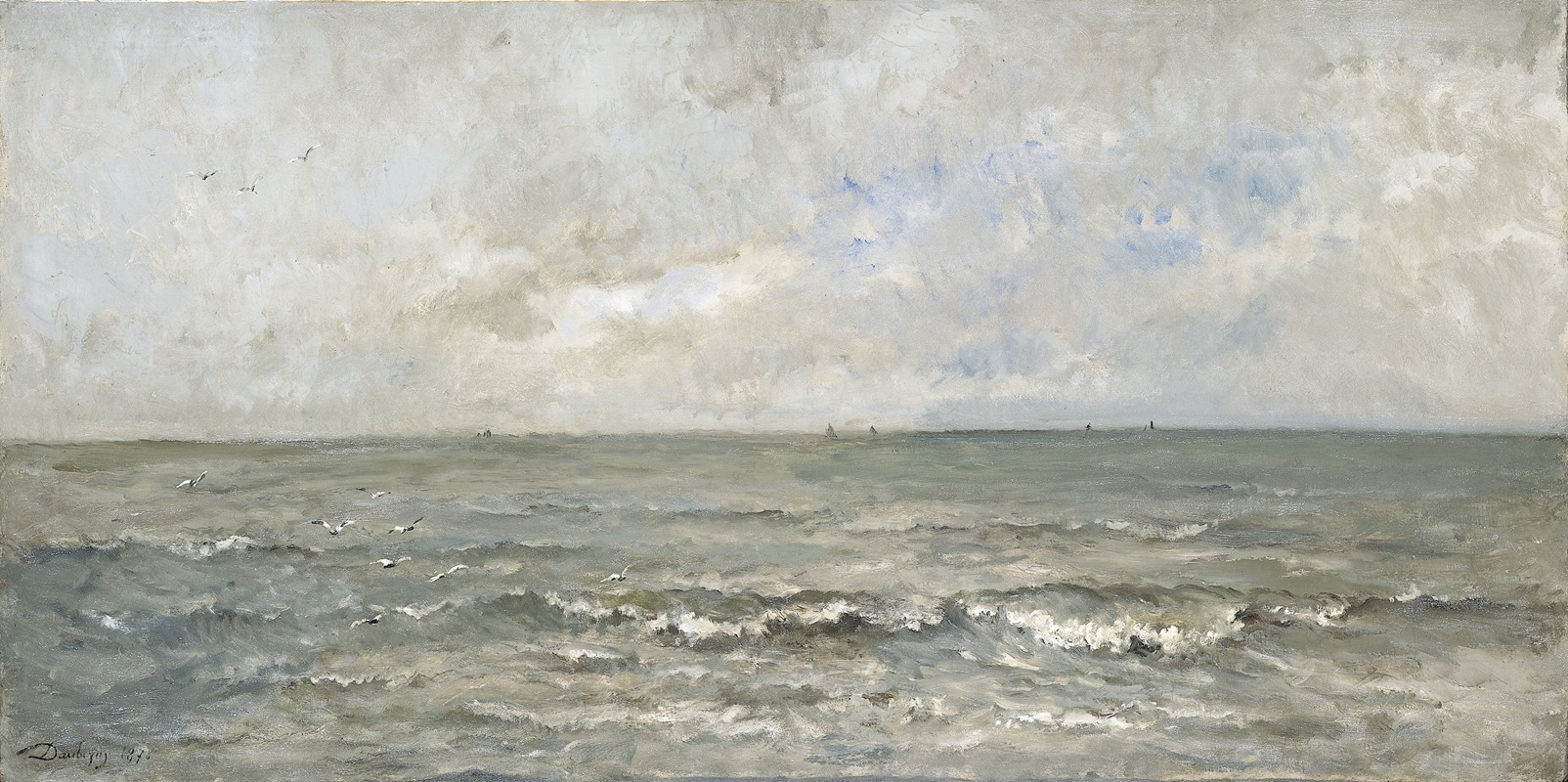
Seascape
A hand-painted replica of Charles François Daubigny’s masterpiece Seascape, meticulously crafted by professional artists to capture the true essence of the original. Each piece is created with museum-quality canvas and rare mineral pigments, carefully painted by experienced artists with delicate brushstrokes and rich, layered colors to perfectly recreate the texture of the original artwork. Unlike machine-printed reproductions, this hand-painted version brings the painting to life, infused with the artist’s emotions and skill in every stroke. Whether for personal collection or home decoration, it instantly elevates the artistic atmosphere of any space.
Charles François Daubigny, a prominent French landscape painter of the 19th century, is widely recognized as one of the key figures of the Barbizon School and a precursor to Impressionism. Among his extensive body of work, "Seascape" is one of his notable paintings, showcasing his mastery in capturing the natural world with a sense of immediacy and atmosphere.
"Seascape" exemplifies Daubigny's ability to depict the interplay of light, water, and sky, which became a hallmark of his artistic style. The painting portrays a serene coastal scene, with a focus on the vastness of the sea and the subtle variations in color and texture. Daubigny often painted en plein air, or outdoors, which allowed him to observe and render the nuances of nature directly. This approach is evident in "Seascape," where the fluid brushstrokes and delicate tonal transitions convey a sense of movement and the fleeting qualities of light.
Daubigny's interest in maritime themes was part of a broader trend among 19th-century artists who sought to explore the natural world in its various forms. His seascapes often reflect a quiet, contemplative mood, emphasizing the harmony between the elements rather than dramatic or stormy scenes. This focus on tranquility and balance aligns with the ideals of the Barbizon School, which prioritized realistic depictions of nature over the idealized landscapes of earlier academic traditions.
The exact date of "Seascape" is not definitively documented, but it is consistent with Daubigny's mature period, during which he frequently painted rivers, coasts, and other aquatic settings. His innovative techniques, such as the use of a flat-bottomed studio boat called "Le Botin," allowed him to work directly on the water, providing unique perspectives and a closer connection to his subject matter.
Daubigny's influence extended beyond his own work, as he played a significant role in shaping the development of Impressionism. Artists such as Claude Monet and Camille Pissarro admired his approach to light and atmosphere, and his willingness to experiment with new techniques paved the way for their innovations.
"Seascape" remains an important example of Daubigny's contribution to 19th-century art, highlighting his skill in capturing the beauty and essence of the natural world. The painting is housed in various collections, though specific details about its current location or provenance may vary depending on the version or title under which it is cataloged.





